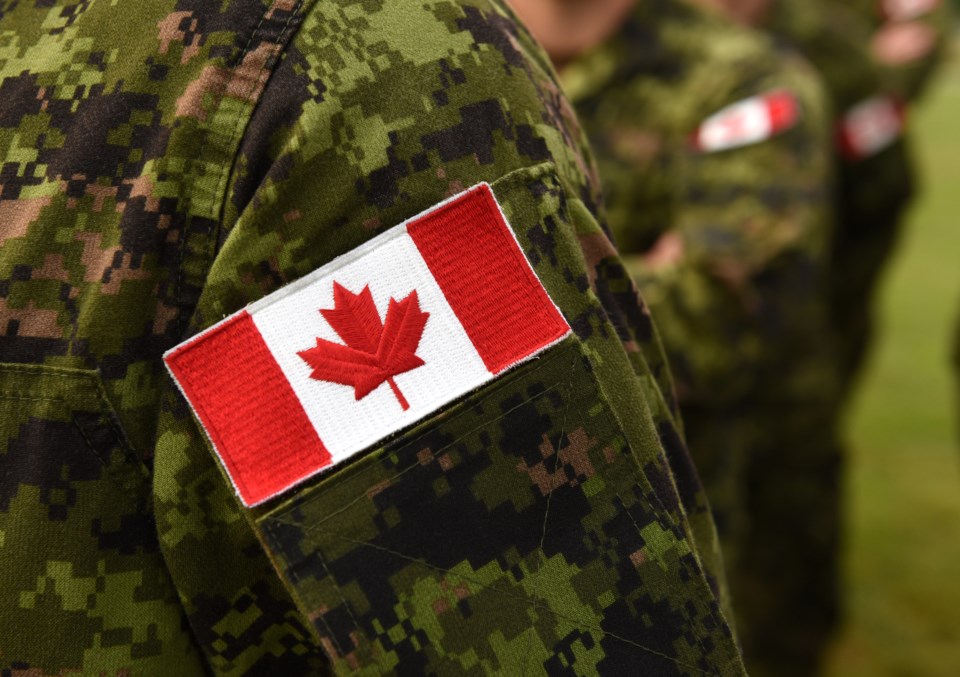Canada’s soldiers have been ordered close to home and to guard their health as the as provinces declare states of emergency and the federal Emergencies Act remains in Prime Minister Justin Trudeau’s back pocket should it be needed.
Political leaders are using sterner language after many Canadians flocked to parks and beaches on the weekend in defiance of isolation requests.
Accordingly, the successor to the War Measures Act is “on the table.” Federal Health Minister Patty Hajdu said Sunday (March 22).
“We will not hesitate to take stronger measures if we need to,” she said.
And that means the Canadian Armed Forces (CAF) if requested.
To that end, Chief of Defense Staff Jonathan Vance heightened military preparedness a notch March 20.
“I expect all CAF personnel to maintain a mindset of readiness, vigilance and resilience,” Vance ordered.
But, cautioned Canadian Civil Liberties Association executive director Michael Bryant, “it doesn’t mean that tomorrow people are going to see military in the streets.”
Bryant said what Vance has done is within legal preparedness guidelines under the National Defence Act. And, he added, if preparations increase, the military and the federal attorney general, David Lametti, need to show where their authorization to act comes from. It’s part of being transparent for Canadians in a democracy, Bryant said.
He said the military could be requested to assist with health care issues and public security. But the local attorney general, he said, must invite the military into a province or territory.
However, Bryant cautions that a military presence may increase current public anxiety levels.
What Vance has moved up a notch is Operation LASER (https://www.canada.ca/en/department-national-defence/services/operations/military-operations/current-operations/laser.html), The CAF response to a worldwide pandemic.
Under LASER, the military implements certain measures on its personnel and Department of National Defence employees to reduce the impacts of a pandemic situation.
Vance’s March 20 order says readiness increases are to “ensure that the CAF implements measures to maintain CAF operation effectiveness and readiness, preserve essential health services for [military personnel], and maintain responsive support to the civil authorities as part of the [federal] response. These measures are implemented in order to maintain operational capabilities and readiness to support Government of Canada objectives and requests for assistance,” the government website said.
The plan, now in phase two, has four phases:
- Phase 1: Pandemic preparedness
- Mitigation planning and normal monitoring of worldwide pandemic threats
- Phase 2: Pandemic alert
- Active monitoring of the evolving pandemic threat, with some protective measures adopted
- Phase 3: Pandemic response
- Characterized by widespread and continuous transmission of the virus in the general population and the imminent risk or existence of significant absentee rates
- CAF is dependent on the disease’s impact in and around the location of armed forces areas and requests for assistance to civil authorities
- Phase 4: Post pandemic restoration
- This phase starts when the CDS declares that the pandemic situation has -concluded
- This phase involves the resumption and re-establishment of all DND/CAF services and operations to normal levels
- This phase transitions back to Phase 1 and coincides with Public Health Agency of Canada declaring a post-pandemic phase.
Vance has banned travel by military members to countries where infections exist.
Those stationed in foreign countries are directed to assist nations as needed.
Military reserve commanders should encourage communication of the spirit and intent of the order, Vance said.



